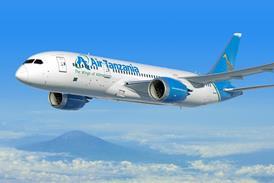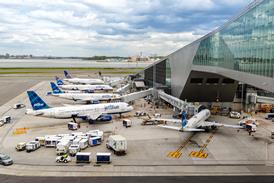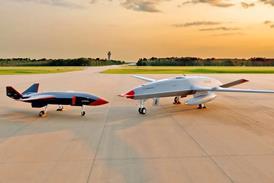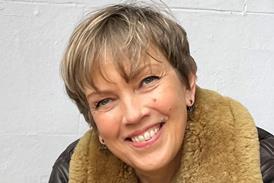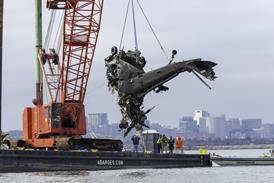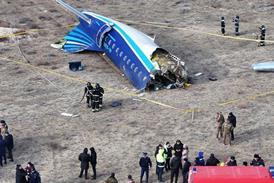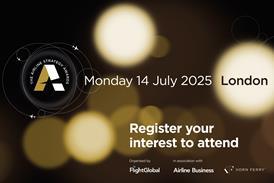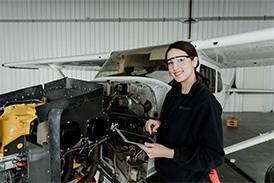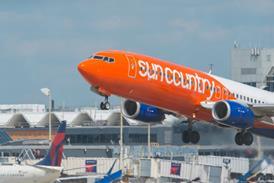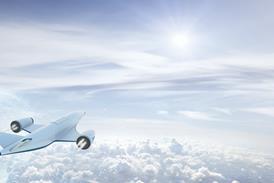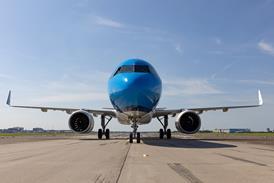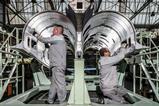Beta Technologies has wrapped up a tour of Ireland and the UK with its Alia CX300 ahead of the all-electric aircraft’s flying display debut at the Paris air show later in June.
Having been shipped across the Atlantic, the production-intent aircraft (N214BT) began its multi-leg journey in Shannon in western Ireland on 19 May where it conducted a series of demonstration flights before transiting to Weston airport near Dublin.

After a short hop over the Irish Sea, the next stop for the CX300 was Liverpool in northwest England, then Coventry and Birmingham in the Midlands, and Kemble airfield in the southwest, where it came face to face with Vertical Aerospace’s VX prototype.
Next was Boscombe Down airfield – home to the UK’s Empire Test Pilots’ School – then Farnborough airport, finishing up at Lydd in southeast England on 31 May.
Billed by the company as a “Grand Tour” – building on a six-week trek across the USA earlier this year – the next stop for the CX300 will be Pontoise aerodrome to the northwest of Paris, a staging post ahead of its arrival at the Le Bourget event.
Beta plans for the CX300 to take part in the Paris air show’s daily flying display, with the aircraft potentially to be piloted by company founder and chief executive Kyle Clark.
Post-Paris, it will head north, flying up through Germany and Denmark before it is delivered to customer Bristow Norway later in the summer, says Patrick Buckles, Beta’s head of commercial sales, speaking during the Alia’s stop in Farnborough.
Bristow will trial the aircraft for six months, ferrying cargo between Stavanger and Bergen airports “to develop the commercial model”, says Buckles.
The work in Norway will take place in a “regulatory sandbox” created by the Norwegian civil aviation regulator and airport operator Avinor to trial new aircraft technologies.
But Bristow will not be the only Beta customer to receive an aircraft this year: Buckles forecasts delivery of a pre-certification CX300 to Air New Zealand in late September or early October as the carrier also assesses the potential of the new type.

“New Zealand has all these communities that have lost air service over the years, and they see the CX300 as a way to start connecting them again,” says Buckles.
ANZ has commitments in place for a total of 23 CX300s and intends to begin cargo-only commercial services next year in partnership with New Zealand Post.
Beta has been using the European tour to showcase the capabilities of the 560kg (1,230lb)-payload cargo-configured variant, which has been transporting one of the company’s Mini Cube chargers in its hold.
US Federal Aviation Administration (FAA) approval for the CX300 is targeted for late 2026.
But that milestone will be preceded later this year by certification under the FAA’s Part 33 rules of the in-house developed 575hp (430kW) electric motor that powers the CX300’s single fixed-pitch pusher propeller.
Beta is also developing an electric vertical take-off and landing aircraft, the Alia A250, which it expects to arrive in late 2027.
The A250 has around 75% commonality with its sister aircraft, sharing key components including the fuselage, batteries, pusher motor and wing.
Beta believes this strategy will enable a simpler path to certification for the A250 by allowing the regulator to gain familiarity with many of the novel systems in the aircraft.
“When we certify the VTOL, it won’t be a new platform to them – they will have already seen all the big technologies [on the CX300],” says Buckles.


